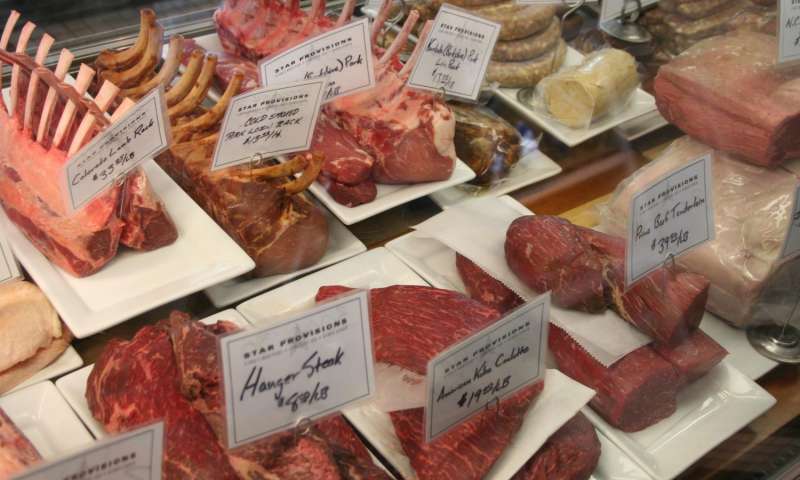
The
adulterating of beef with horse meat can now be detected with an electrochemical
biosensor developed by the Complutense University of Madrid, which is able to
recognize a DNA fragment that exists among 4500 mitochondrial genomes of
horses, and which is absent in other mammals.
"Thus, it is possible to identify selectively and without false positives any type of horse meat, regardless of race," says F. Javier Gallego, researcher of the department of Genetics of the UCM. This biosensor makes detections in only one hour and with statistically significant differences between unadulterated and adulterated beef with only 0.5% (w/w) of horse meat.
Until now, the assays and strategies to detect these meat adulterations were based on immunological, spectroscopic or molecular biology techniques. "These methods are often insufficiently selective to differentiate close animal species due to the possibility of cross-reactions, or insufficiently reliable in processed products due to the denaturation and degradation of the biomolecules (proteins and nuclear DNA) that are produced by these thermal treatments," says Susana Campuzano, a researcher in the department of Analytical Chemistry of the UCM and co-author of the study published in Analytical Chemistry.
The multidisciplinary team found that better results were obtained in mitochondrial DNA fragments than in nuclear DNA because the former is more protected and better resistant to possible heat treatments. These results are the result of collaboration between the Faculties of Chemistry and Biology of the UCM. While the team of Dr. Gallego has identified the specific fragment to be detected, designed the appropriate probe for it and contributed knowledge and experience in techniques of mitochondrial DNA extraction and preparation of mitochondrial lysates, the Department of Analytical Chemistry, led by Prof. Pingarrón, has designed an electrochemical biosensor capable of satisfying the requirements of sensitivity and selectivity necessary to comply with current legislation for the detection of this type of adulteration. Most of the experimental work that has led to this development has been carried out by the PhD student Víctor Ruiz-Valdepeñas Montiel (with a Predoctoral contract funded by UCM) and the Master Student María Luisa Gutiérrez.
"In addition to moving to the identification of other mammalian DNAs, this methodology could be applied for both the detection of adulterations involving other animal meats and for screening purposes to identify all animal species present in a meat," says José M. Pingarrón.

 Previous page
Previous page Back to top
Back to top







